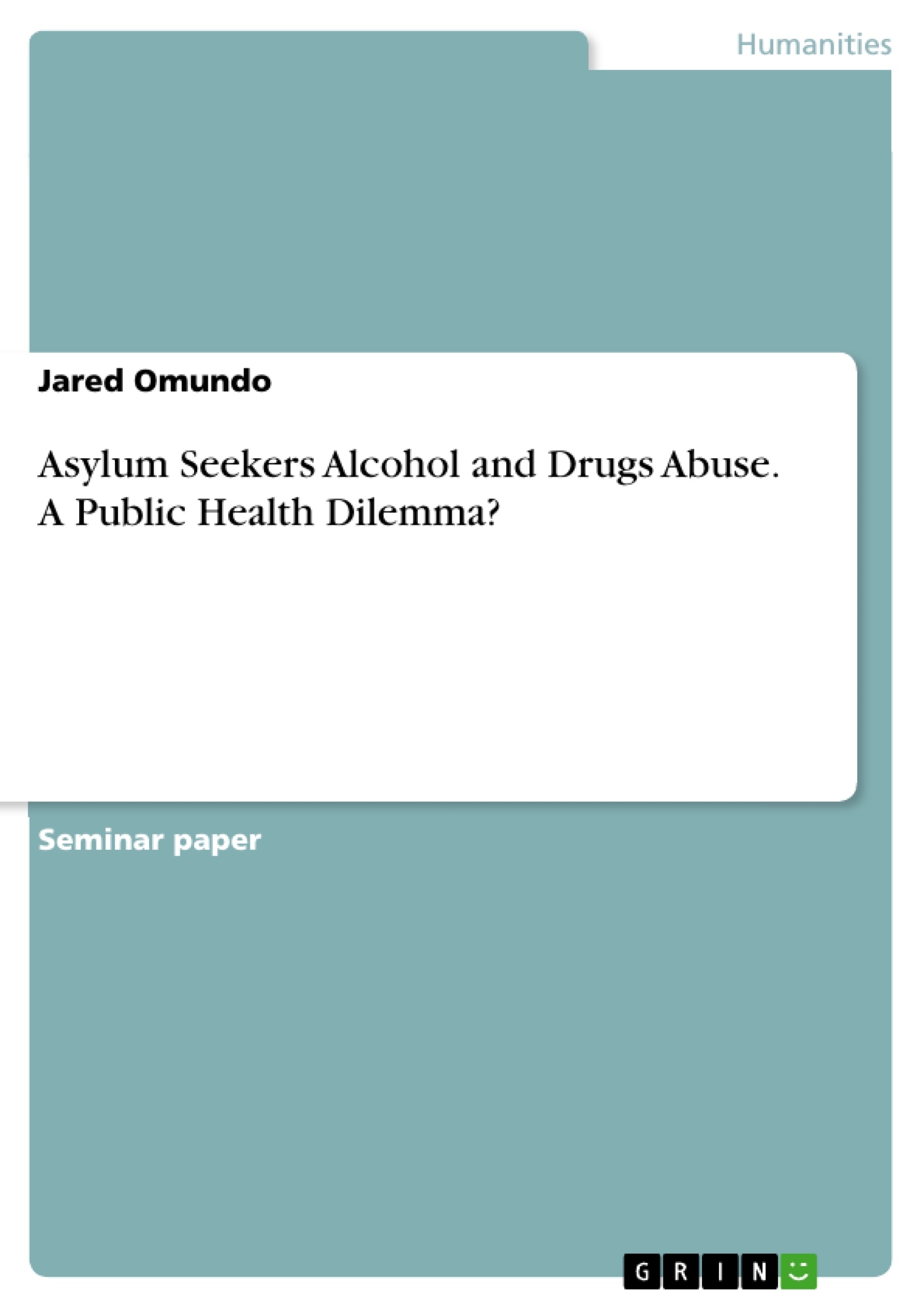Due to war and destruction, many Asylum seekers and refugees have had to leave their homes in recent years and have sought protection in European countries. In 2015 and 2016 more than one million people applied for asylum in Germany. This, in turn, has exposed an existing major challenge with the health care system. From a public health perspective, the significant concern has been about the healthcare needs of asylum seekers and refugees, the legal frame-work of immigration and the extent of health problems among this population. It is striking that there is little representative data available on the health situation of this population group. The studies to date have shown a few cases which are either regional but also difficult to compare. The existing findings suggest the need for care and action especially in the area of mental illness of asylum seek-ers and their families.
This paper will, therefore, try to investigate this complicated topic by trying to address some critical questions such as; is there a large-scale substance abuse among Asylum seekers? And if so, what could be the risk and protective fac-tors? What prevention interventions are available for this population, are there treatment opportunities for chronic users? Are there laws protecting this popula-tion in the context of prevention and treatment if yes, what policies are there for this population? And what implications does chronic substance abuse have on successful integration? To understand this complex dynamic, the paper will first highlight the current migration trends especially the period between 2015-2017. Secondly, this paper will explore the health status of asylum seekers, reviewing the risk and protective factors, especially mental health and its challenges. Thirdly, the paper will highlight substance abuse among Asylum seekers and the challenges on access to health care services especially mental health inter-ventions. Finally, the paper will investigate substance abuse prevention ap-proaches and highlighting some of the successful prevention interventions that have been piloted in different parts of Germany and finally conclusion and way forward.
Inhaltsverzeichnis (Table of Contents)
- Introduction
- Migration Trends 2015-2016
- Asylum Seekers Health Status
- Alcohol and Drugs abuse among Asylum seekers
- Medical Care and Access to Healthcare
- Substance Abuse Prevention
- Conclusion
Zielsetzung und Themenschwerpunkte (Objectives and Key Themes)
This paper aims to investigate the complex issue of substance abuse among asylum seekers, examining its prevalence, risk and protective factors, available prevention interventions, and implications for successful integration. It seeks to answer key questions regarding the extent of substance abuse within this population, potential risk factors, existing prevention programs, treatment opportunities, and the role of legislation in protecting and supporting asylum seekers in this context.
- Migration trends and the influx of asylum seekers in Germany, particularly during 2015-2017
- Health status of asylum seekers, with a focus on mental health challenges and protective factors
- Substance abuse among asylum seekers and the challenges they face in accessing healthcare services, especially for mental health interventions
- Substance abuse prevention approaches and successful interventions implemented in Germany
- The impact of chronic substance abuse on successful integration and the legal framework surrounding prevention and treatment for asylum seekers
Zusammenfassung der Kapitel (Chapter Summaries)
- Introduction: This chapter sets the context by highlighting the influx of asylum seekers in Germany due to war and destruction. It points out the challenges of understanding the health needs of this population due to limited representative data. The chapter outlines the key questions the paper will explore, including the prevalence of substance abuse, risk and protective factors, prevention interventions, treatment opportunities, and the impact of chronic substance abuse on integration.
- Migration Trends 2015-2016: This chapter defines the terms "migrant" and "asylum seeker" and provides an overview of the massive migratory crisis in Germany between 2015 and 2017. It highlights the key demographics of asylum seekers, including their age distribution and nationalities. Data on the number of asylum applications in Germany and Europe during this period is presented, emphasizing the significant increase in asylum seekers from Syria, Albania, Kosovo, Afghanistan, and Iraq.
Schlüsselwörter (Keywords)
The primary focus of this paper is on substance abuse among asylum seekers in Germany. Key topics include migration trends, asylum seeker health status, mental health, risk and protective factors, substance abuse prevention, treatment opportunities, access to healthcare, and successful integration.
- Quote paper
- Jared Omundo (Author), 2019, Asylum Seekers Alcohol and Drugs Abuse. A Public Health Dilemma?, Munich, GRIN Verlag, https://www.grin.com/document/500610



